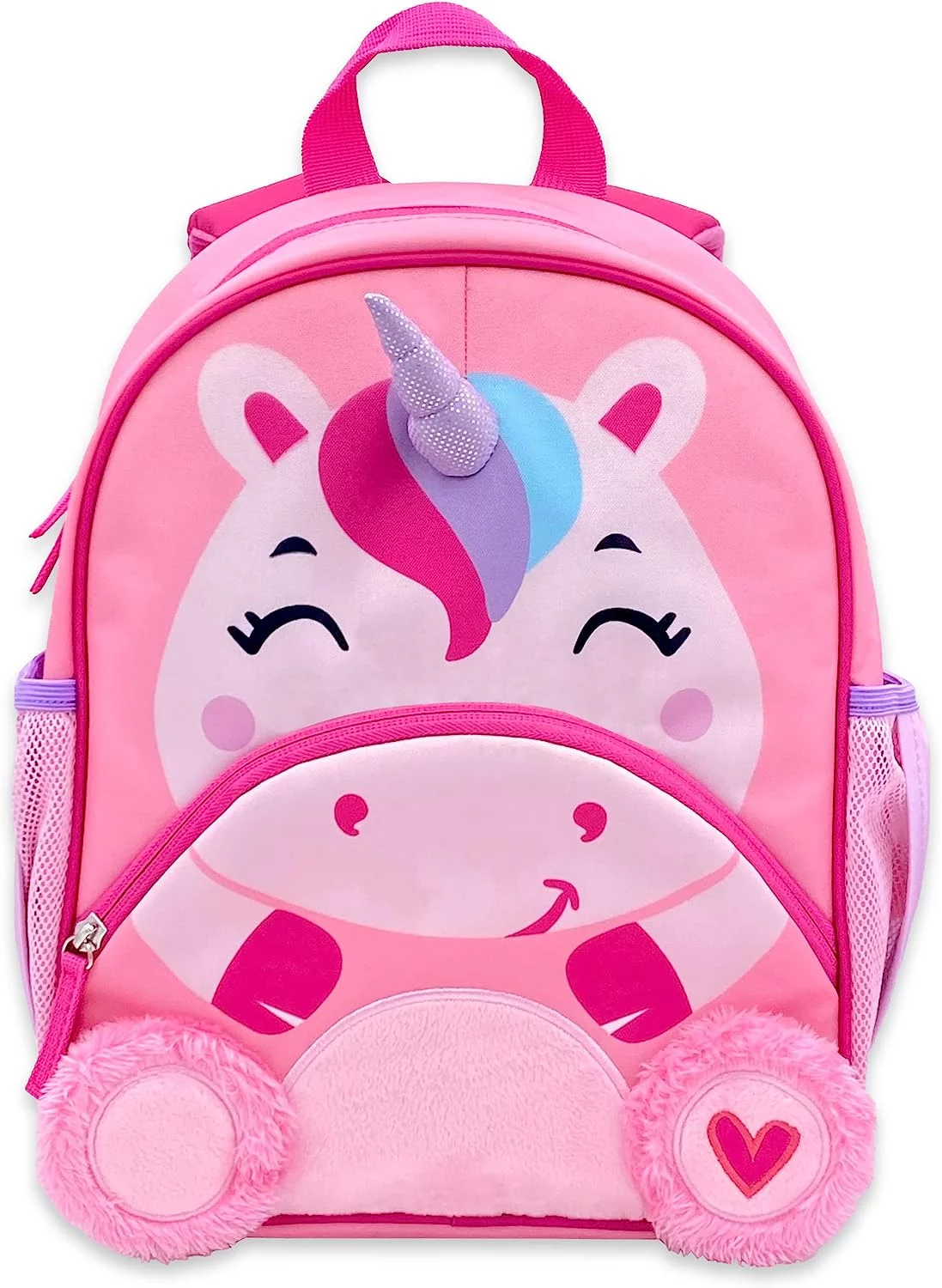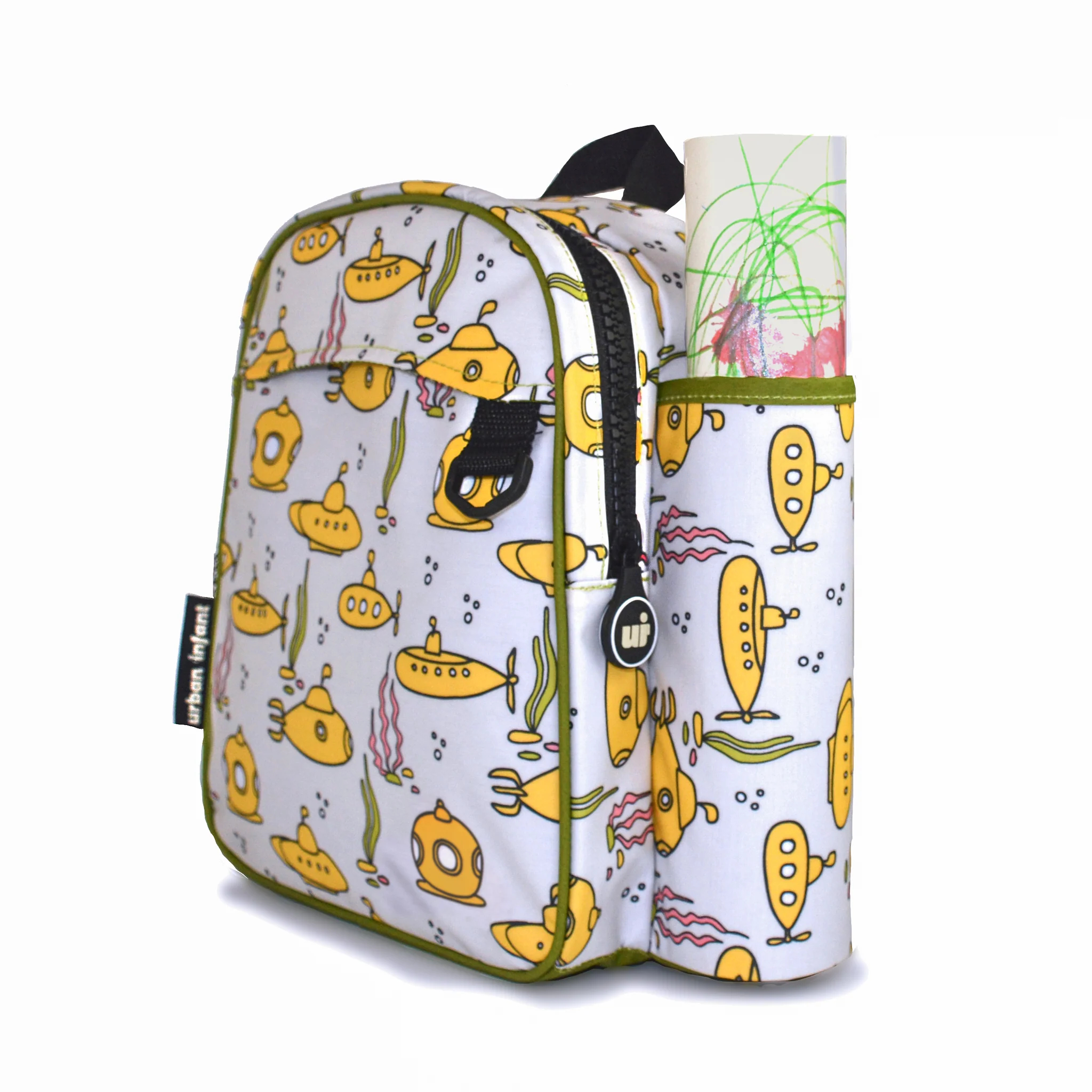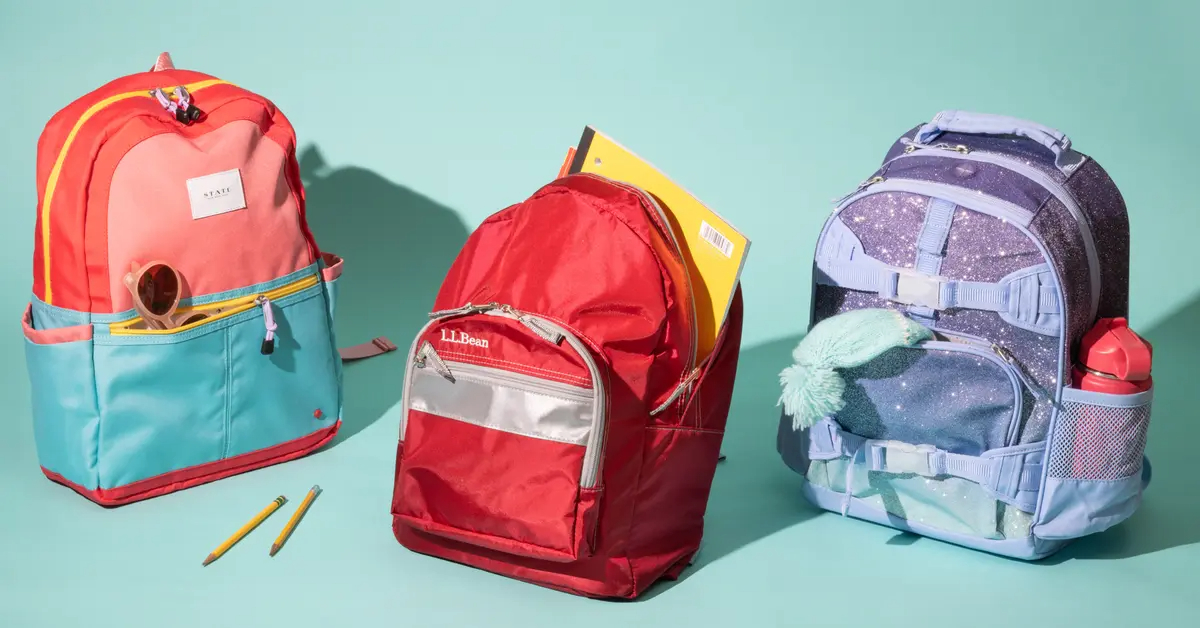
Introduction
Selecting the right size backpack for preschool-age children is an essential consideration, as it impacts their comfort, safety, and overall well-being. A well-fitted backpack not only accommodates a child’s belongings but also contributes to proper posture and physical development. When determining the appropriate size, it’s crucial to consider factors such as the child’s age, body size, and the amount of items they need to carry. Here’s a comprehensive guide to help you choose the ideal backpack size for preschoolers.
Preschool-age children typically range in age from 3 to 5 years old, and their physical proportions can vary considerably within this age group.
As a result, it’s important to look for backpacks specifically designed for younger children, as these are constructed with their smaller frames in mind. The size of the backpack should be proportional to the child’s body, ensuring that it does not overwhelm them or cause discomfort.
The capacity of the backpack is one of the primary considerations when determining the appropriate size. For preschoolers, a backpack with a capacity of around 10 to 15 liters is generally suitable. This size provides enough space for essentials such as a change of clothes, a snack, a water bottle, and a small toy or book, without being overly bulky or heavy for a young child to carry.
In addition to capacity, the dimensions of the backpack should align with the child’s torso length and width.
Look for backpacks that are no wider than the child’s torso to prevent it from protruding excessively or causing imbalance. Similarly, the height of the backpack should not extend beyond the child’s shoulders and should rest comfortably on their back without sagging or tilting backward.
In summary, the ideal backpack size for preschoolers should strike a balance between capacity, proportionality, adjustability, weight, and functionality.
By prioritizing these factors, you can ensure that the backpack not only accommodates the child’s belongings but also supports their physical comfort, safety, and independence. A well-fitted backpack sets the foundation for positive experiences and healthy habits as children embark on their educational journey.
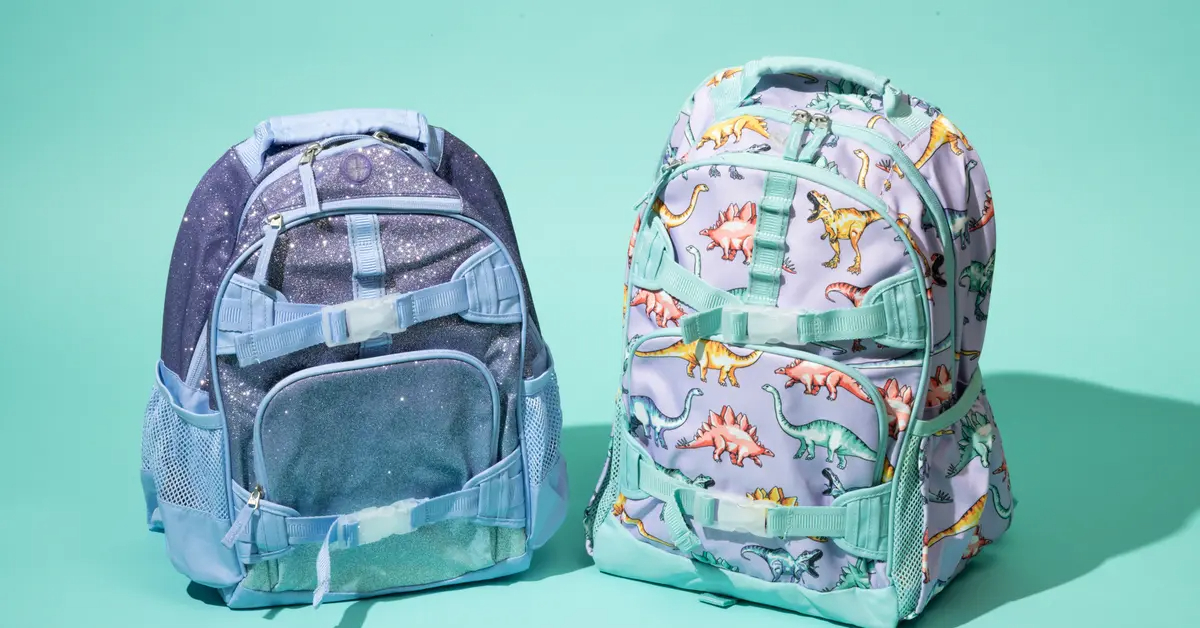
When it comes to fit, adjustable shoulder straps are crucial for ensuring a comfortable and secure carry. Opt for backpacks with padded and adjustable shoulder straps that allow for a customized fit, preventing the straps from digging into the child’s shoulders or causing strain. Additionally, a chest strap can help distribute the weight more evenly and prevent the backpack from slipping off the child’s shoulders.
Another important aspect to consider is the weight of the backpack when empty.
Lightweight materials are preferable, as they reduce the overall burden on the child. Look for backpacks made from durable yet lightweight materials such as nylon or polyester, and avoid excessive hardware or embellishments that add unnecessary weight.
Furthermore, the design and functionality of the backpack should cater to the needs and capabilities of preschoolers. Look for features such as easy-to-open zippers, accessible pockets, and bright colors or fun patterns that appeal to young children. Reflective elements on the backpack can also enhance visibility, promoting safety during outdoor activities or commutes.
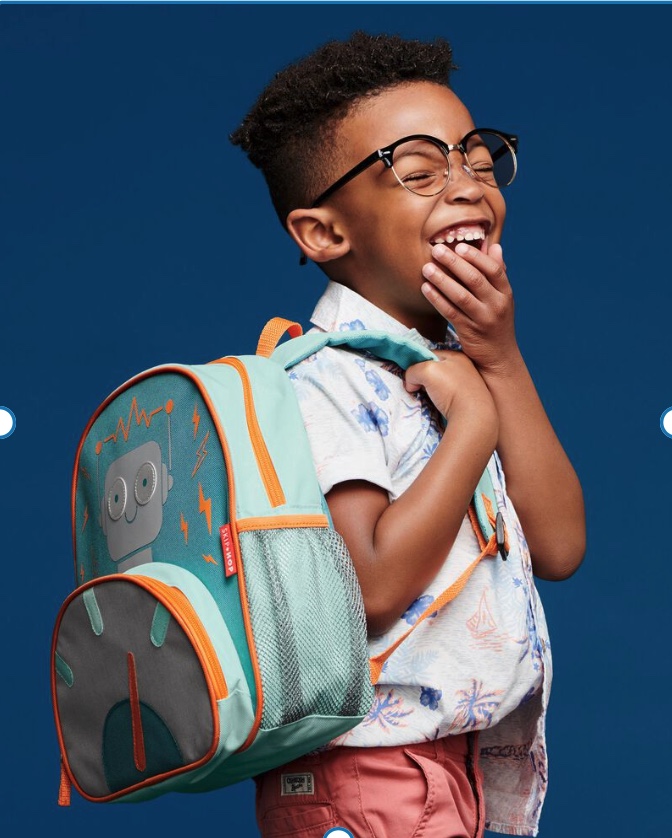
Health and Safety Considerations:
An appropriately sized backpack plays a crucial role in promoting the health and safety of preschool-age children. Ill-fitting or oversized backpacks can lead to poor posture, back pain, and discomfort, potentially causing long-term musculoskeletal issues. By choosing a backpack that fits well and distributes weight evenly, parents and caregivers can help prevent strain on the child’s developing spine and muscles.
Encouraging Independence:
Preschool is a time when children begin to assert their independence and take on more responsibilities, such as carrying their belongings to school or daycare. A properly sized backpack empowers children to manage their items autonomously, fostering a sense of ownership and organization. When a backpack is comfortable and manageable for a child to carry, they are more likely to take pride in being responsible for their belongings.
Educational Preparedness:
Preschoolers often need to bring essential items to school, such as a change of clothes, snacks, water bottles, and school supplies. A well-fitted backpack with adequate capacity ensures that children can pack and transport these items safely and efficiently. This promotes readiness for the school day and facilitates smooth transitions between home and school environments.
Promoting Physical Activity:
Preschool-age children are naturally active and energetic, engaging in play and physical activities throughout the day. A lightweight and properly fitting backpack allows children to move freely and comfortably, supporting their active lifestyle. Encouraging children to carry their own backpack reinforces physical activity and independence while instilling healthy habits from a young age.
Personalization and Expression:
Backpacks are not only functional accessories but also opportunities for self-expression and personalization. Choosing a backpack in a color or design that resonates with the child’s interests and preferences can enhance their enthusiasm for using it. Personalized backpacks can also serve as a source of pride and identity, reflecting the child’s unique personality and style.
Transitioning to Kindergarten:
As preschoolers prepare to transition to kindergarten, having a well-fitted backpack can ease the adjustment to a more structured school environment. By establishing positive routines and habits early on, children develop a sense of readiness and confidence as they embark on this significant milestone. A backpack that fits comfortably and meets their needs can contribute to a smooth transition and a successful start to their academic journey.
Durability and Maintenance:
When selecting a backpack for preschoolers, it’s important to choose one made from durable materials that can withstand the inevitable wear and tear of daily use. Look for reinforced stitching, sturdy zippers, and resilient fabric to ensure longevity. Additionally, consider how easy the backpack is to clean, as young children may inadvertently spill food or beverages inside the bag.
Parental Involvement:
Involving parents in the process of selecting a backpack can be beneficial, as they can provide insights into their child’s preferences, physical characteristics, and daily needs. Parents can also help ensure that the backpack is suitable for the activities and outings their child will engage in, whether it’s attending preschool, going on day trips, or participating in extracurricular activities.
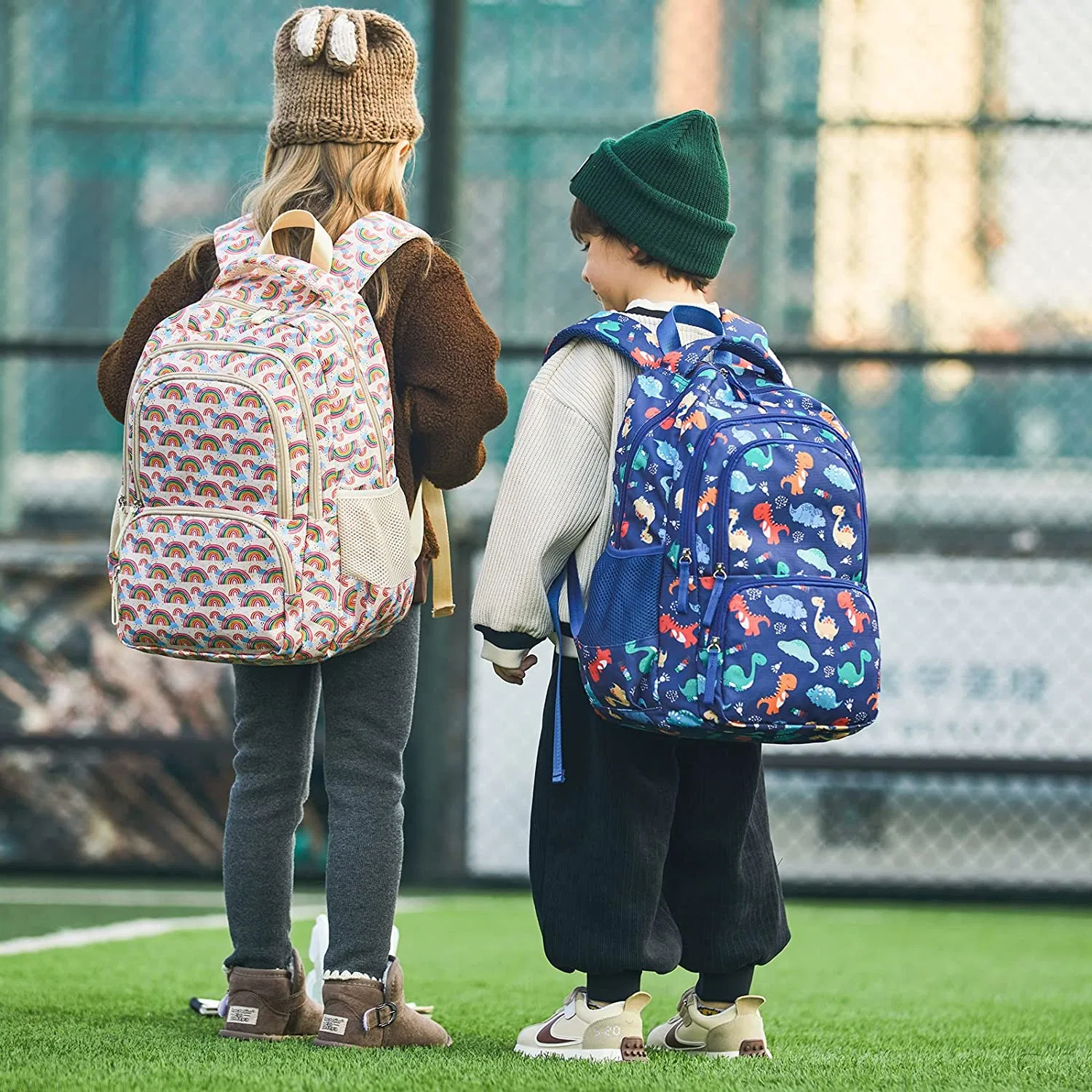
In conclusion
Selecting the right size backpack for preschoolers goes beyond mere functionality—it is a decision that impacts children’s physical well-being, independence, preparedness for school, and personal expression. By prioritizing factors such as fit, capacity, adjustability, and design, parents and caregivers can set the stage for a positive and empowering experience for preschool-age children as they navigate their early educational years. Investing in a well-suited backpack is an investment in the child’s comfort, safety, and overall development, laying the foundation for a successful and fulfilling educational journey.